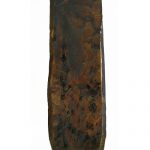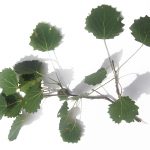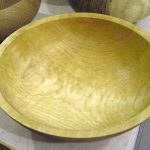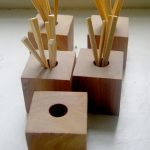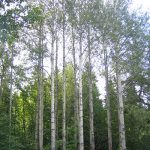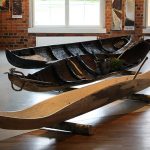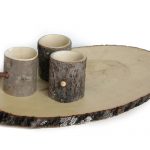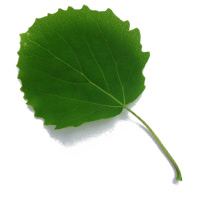
- Asp (S)
- Espe / Zitterpappel (D)
- Le tremble (F)The only one of the 30 species of the genus Populus that grows wild in Finland.
Area of distribution
- Aspen grows more or less all around over Europe. Finland is one of the northernmost regions of the distribution area.
- In Finland aspen can be found throughout the country. Separate and pure aspen stands are rare.
Habitat
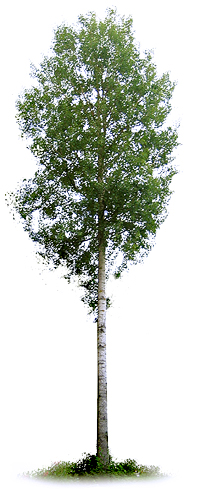
- Aspen is not demanding in terms of habitat. However, it grows best in rich soils where there is no stagnantwater.
- Aspen prefers fresh, peaty forests with heavy moss and lichen cover as well as grassy woodlands. It may also be found in dense wilds, in brushfire areas and on the edges of forests. In worse habitats the aspen becomes bush-like.
- It requires a lot of light, and it survives frost and temperatures below zero well, but is susceptible to damage by moose, hares and voles.
Growth characteristics
- Aspen can reach felling size already at the age of 30-40. At its best it may grow over 30 meters high.
- The trunk is greenish and smooth, and the bark covering it is grey. The trunks of old trees are barky and mossy.
- The crown is fairly narrow. The leaves hang from flat petioleswhich causes the leaves to tremble in the smallest breeze.
- As aspen grows it is vulnerable to rot, especially if its trunk gets damaged.
- Aspens grow mainly in mixed forests with spruces. In such conditions they become naturally quite branchless and produce good timber free of knots.
- A quality aspen timber is at least 25 cm in diameter at chest height and is bare of branches up to three meters. The trunk has to be straight and it should not have cracks or rot.
- ”Hybrid aspen”, the crossbreed of Populus tremula and the American variety, is extremely fast-growing in the first generation, but in the second generation the growth advantage has virtually disappeared. The hybrid aspen is susceptible to damage.
About the properties of the wood
- The sapwood and heartwood are not clearly distinguished. The wood is light-coloured, soft, flexible and dense. It is also long and straight grained.
- Aspen darkens easily on the surface but the lightness of the wood remains in the inner layers.
- The relatively lightweight wood does not warp as badly as other tree species once it has dried.
- The wood has a quite strong, slightly unpleasant odour.
- Fresh aspen rots easily, but after it has dried it keeps well even outdoors.
- Aspen is easy to work but not easily polished. Its soft texture makes the surface finishing difficult. It has excellent glueing, dyeing and impregnating properties.
- During the drying process aspen shrinks a little but it warps easily (tension wood). When aspen is felled and left to dry in a pile the wood cracks and warps less but instead becomes slightly more grey.
- The weight of air-dry sawn timber is 490- 540 kg/m3.
- A-class aspen wood is even and it does not have knots, colour defects or rot. It is used for interior decoration and carpentry products.
- B-class wood has healthy knots and may have minor colour defects, but it must be free of soft rot.
- C-class material is used for making packages. It is also suitable raw material for the fibre industry.
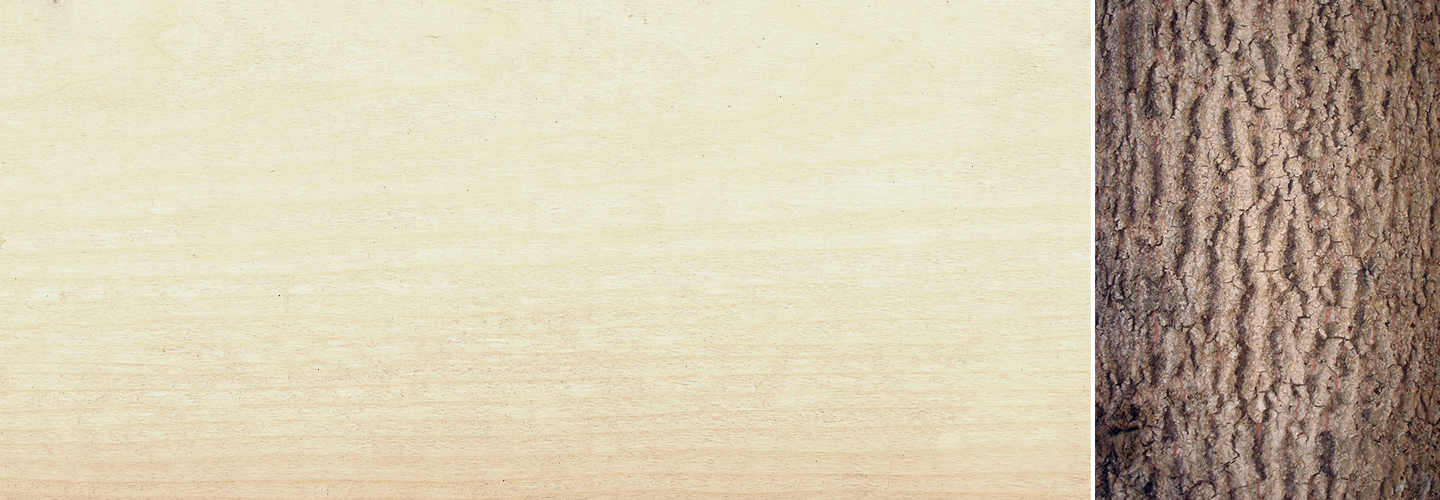
Surface treatment
The wood samples have been surface treated as such:
- Left, water-based acrylic lacquer
- Center, no treatment
- Right, two component catalystlacquer or oil
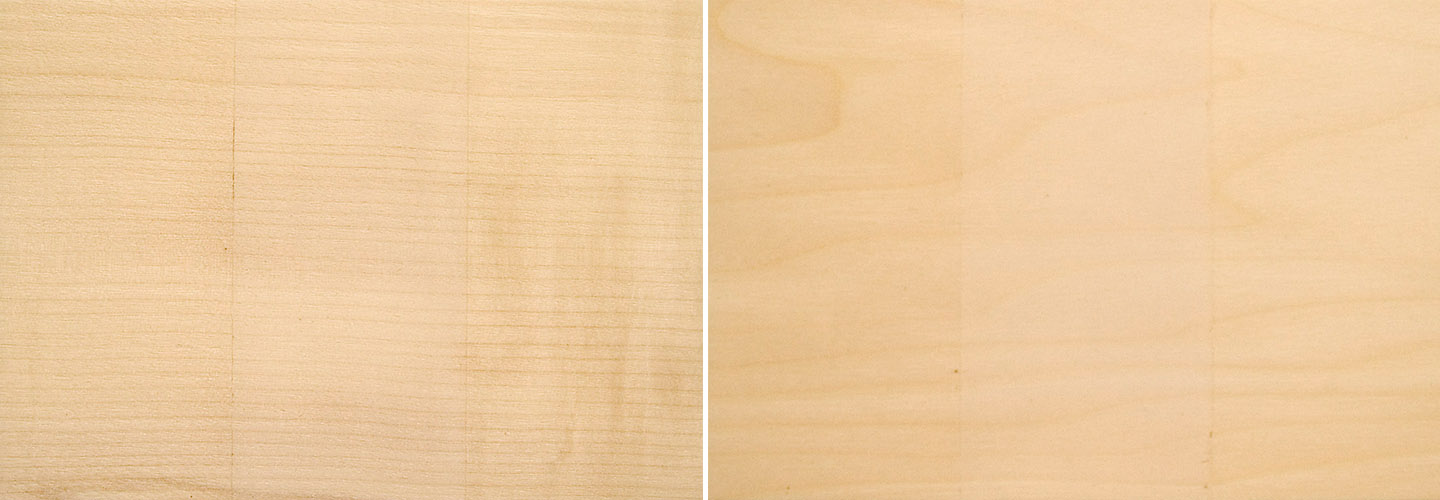
Radial cut and Tangential cut
Usage
- Dried aspen is very rot resistant.
- Traditionally aspen has been used for building log houses, as its patina is beautifully grey.
- Aspen is most highly valued as a material for the tarred roofing shingles of churches.
- Aspen is the traditional wood for benches in a sauna because it does not conduct heat or get splintered but it does turn grey.
- Aspen is also used for making furniture, sports equipment, toys, decorative items and utility articles.
- In Finland aspen is no longer used to produce matches, but in the production of high quality paper its fiber properties become obvious.
- The traditional uses of aspen are very versatile: fences, shingles, shakes, wall coverings, building logs, dishes, toothpicks, ice cream sticks, wooden shoes, dugouts.
